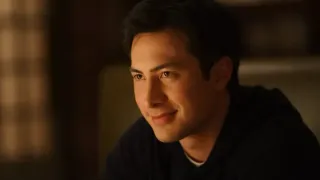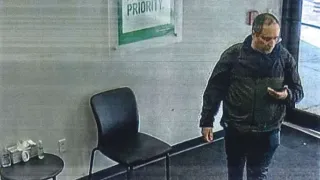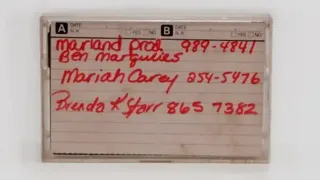March 13, 2015
Seymour: An Introduction
Joseph Pisano READ TIME: 3 MIN.
Ethan Hawke's first documentary "Seymour: An Introduction" offers no less and no more than its decorous title promises. Deeply respectful, if not completely in awe, of his eponymous subject, Seymour Bernstein, a once well-known concert pianist turned not-so-well-known piano teacher, Hawke accomplishes the difficult feat of pointing a camera at this private man without ever betraying his privacy.
To be sure, much of what we learn about Seymour, a solitude-prizing octogenarian, begs obvious questions that the protective Hawke never asks, probably for fear of hurting someone he clearly considers both a friend and mentor. But, as the affectionate documentary unfolds, you come to appreciate Hawke's unwillingness to pry, especially since what Seymour does say about himself is more than enough to justify your time, attention, and, perhaps, even your own admiration.
Unless Hawke is not the J.D. Salinger fan that he appears to be, the documentary's title also intentionally echoes the late author's identically named novella, in which Buddy Glass disjointedly describes the life of his tormented older brother Seymour, the most precociously brilliant member of the ill-fated Glass family. As it turns out, Hawke does not have to strain too hard to earn his allusion; the parallels between the fictional and real-life Seymours, as well as Hawke himself, are obvious. Most saliently, all of them -- character, subject, and director -- achieved success at a young age, and then had to cope with its dreadful consequence, fame, something that many people would see as a reward.
During a difficult time in his life when he desperately needed guidance, Hawke had the good fortune to meet Seymour Bernstein at a Manhattan dinner party. A successful actor since his teenage years, the now middle-aged Hawke had recently developed crippling stage fright, which he attributed to frustration over what maintaining his "success" required. At about the same point in his life, Seymour also had difficulty appearing in front of a live audience and began to worry that ego and money were compromising his art. With a Zen master's resolve, Seymour concluded that the only way he could overcome his fear and discontent was by essentially giving into them. Turning solely to teaching and composing, he stopped performing publicly, a drastic decision he apparently never regretted.
There are certainly other possible explanations for why Seymour gave up his performing career, ones that he obliquely raises himself, such as a disapproving father who openly mocked his piano-playing son's masculinity. Hawke, however, is not inclined to push Seymour on this issue further than he is naturally willing to go. As for Seymour's current and former students, several of whom appear in the documentary, only the "New York Times" architecture critic, Michael Kimmelman, is inclined to challenge Seymour about whether or not he was right to abandon the spotlight. Kimmelman does not doubt that Seymour gained a measure of peace by devoting the majority of his talent to his lucky students. He just cannot help wondering aloud if Seymour may have had a lot more to give creatively.
Perhaps he did, but the rarely downbeat Seymour still seems comfortable with the long-ago choice that kept his love of music pure, freeing him from ever again having to wrestle with commercialism or ambition. It is the type of clean break that Hawke, who every now and then pops into the frame to bare a piece of his soul, appears to envy. Then again, Hawke always has Richard Linklater standing by to both soothe his artistic conscience and, if necessary, put him in a couple of more twelve-years-in-the-making projects, which could bring the Generation-X actor to retirement age (wow, that is a depressing thought!).
As a filmmaker, Hawke's style, much like Linklater's, is decidedly straightforward; for significant stretches, he simply lets Seymour philosophize directly to the camera, which is smart because when Seymour's wisdom is flowing so, too, is the documentary. Unsurprisingly, Seymour is also a font of experience-laden advice when he is teaching, either to solo students in his cramped Upper West Side apartment or to a select few in more rigorous master classes. Unlike the type of elderly person who is happy just to be in the company of others, and wants to do everything possible to keep them from fleeing, Seymour would rather remain true to what he believes, even if there is not an audience for it.
Both generous with his praise and gentle with his criticism, Seymour wants each student to experience the ecstatic joy of playing a great piece of music beautifully. The documentary concludes with Seymour attempting once again to reach this emotional height himself, while performing his first concert in decades. Thankfully, unlike the Seymour to whom Salinger introduces us, the real one's story ends in triumph rather than tragedy.






